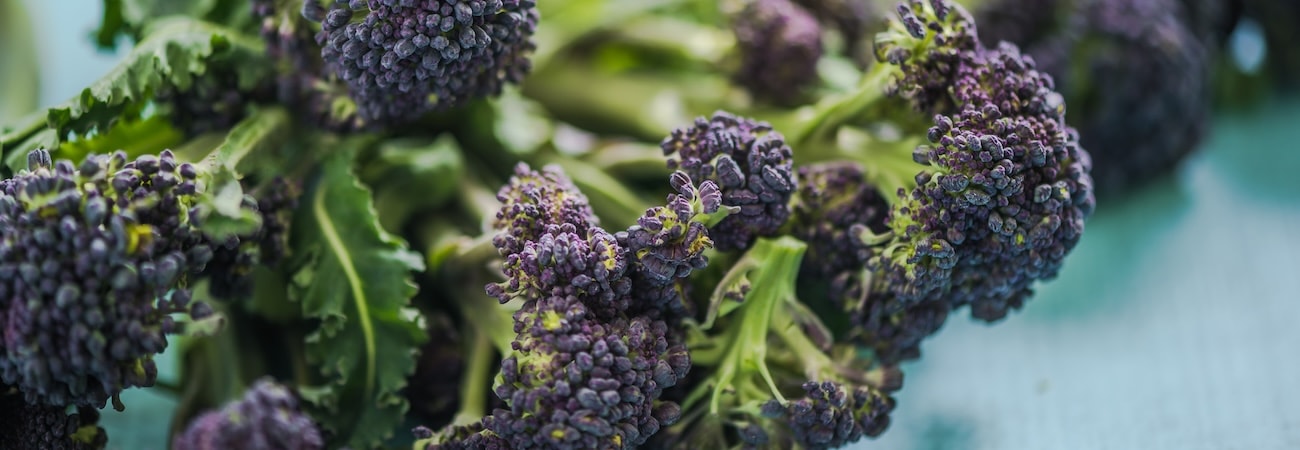
Ann’s Almanac – March
It’s coming, spring is almost here! The birds are singing, the blossoms are blooming and our gardens are waking up. I could go on with a host of golden clichés but I’ll stop. There’s too much work to be done! March is peak sowing season so hopefully your propagators, trays and pots are clean and are ready to go…
Seeds are the least expensive way of growing flowers and vegetables and probably the most rewarding. All they need is fresh, good quality compost (not that open bag left over from last year), heat and water. Follow the instructions on the packet, sow as thinly as you can, and you won’t go wrong. Just remember that the timings are for guidance only, as much depends on the weather and soil conditions in your area. Don’t worry if you need to wait a bit longer. Outdoor sowing in April will be fine.
According to folklore, the weather in March comes “in like a lion, and out like a lamb”. Let’s hope so!
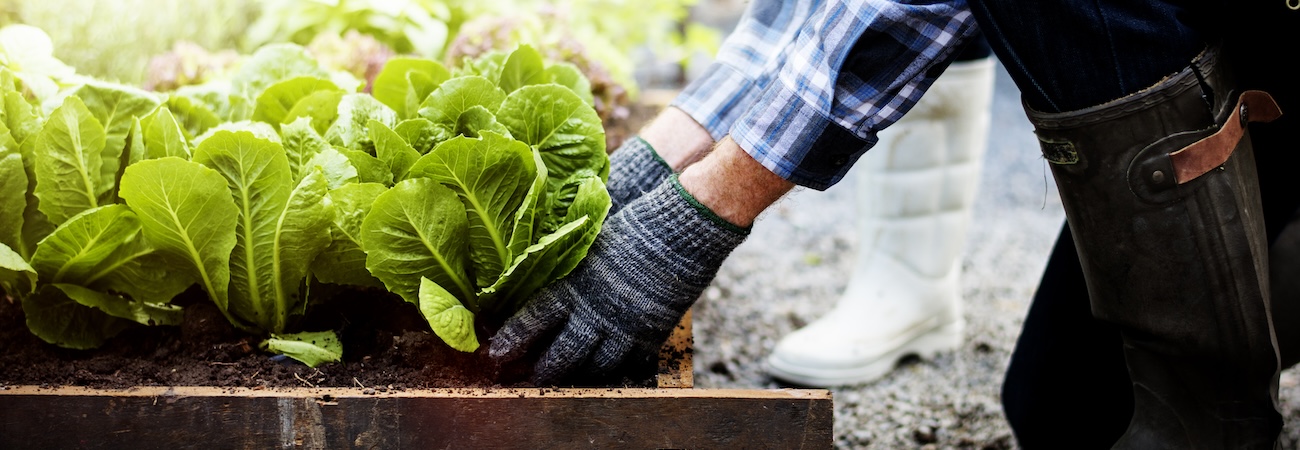
Jobs to tackle this month
My top tasks for March include:
- Plant your chitted early potatoes, onions and shallots (but keep fleece handy for your spuds if frost is forecast).
- When your vegetable seeds start to germinate, move them to a well-lit spot and don’t allow the soil to dry out.
- Finish planting new fruit trees and give existing ones a mulch.
- Prune winter-flowering shrubs.
- Keep on top of the weeding now for weed free beds come summer.
- Plant summer-flowering bulbs in a hot, sunny spot.
- On warmer days open up the greenhouse. Not only will this allow essential pollinating insects access, it also reduces the risk of fungal disease. Do remember to close it at night though!
- Slugs and snails will be out and about this month looking for something on which to munch. Hedgehogs and birds, especially thrushes, need those slugs and snails, so instead of killing them, why not create a natural barrier using ‘Slug Gone’ -100% pure sheep wool pellets?
- During a dry spell, set the mower blades high and give the grass its first cut of the year.
- Plant up any overwintered dahlia tubers or treat yourself to some new ones.
- Deadhead faded daffodil flowers as this will strengthen them for next year, but the leaves should be left for about another 6 weeks
- Carefully remove the top 5cm of soil from your container-grown plants and replace it with fresh compost.
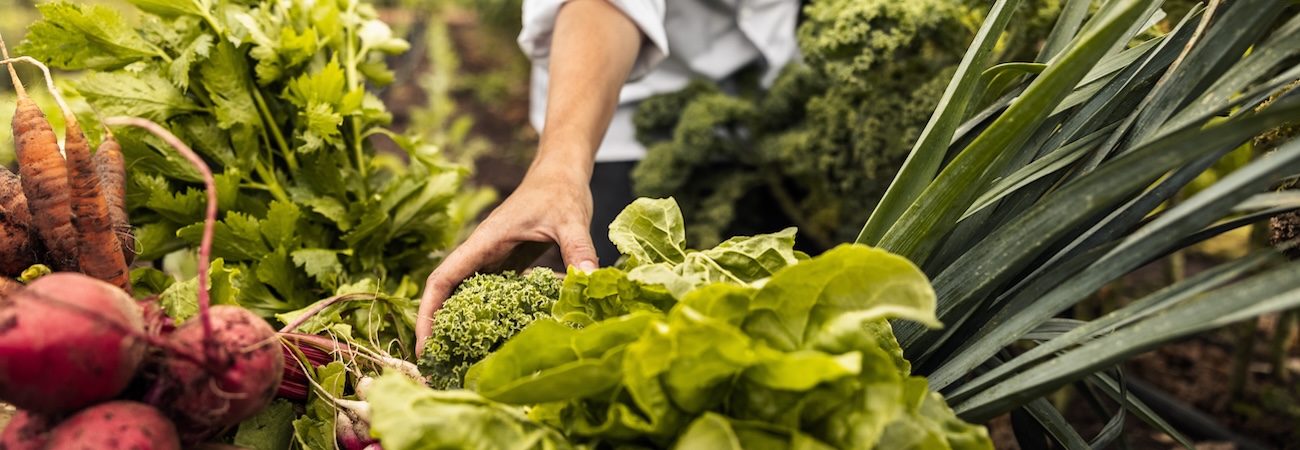
From plot to plate
Here are some of the delicious crops I harvest in March:
- Purple sprouting broccoli: One of the star foods of March, this nutritious veg is at the height of its season right now. Packed with flavour, it’s hardy, prolific and delicious. As delicate as asparagus, PSB needs very little cooking. Boil, steam, stir-fry, roast or griddle but do none for very long! The most tender shoots also work well in a winter salad.
- Parsnips: With a bit of luck some of you will have been harvesting parsnips since November but by now they will be coming to an end. After late March parsnips tend to be a bit tough and woody, so enjoy them now while you can. Sweet and earthy, parsnips are perfect in soups, the stockpot and roasted alongside potatoes and other root veg. Small parsnips can be grated and eaten raw in winter salads or cut into matchsticks and combined and steamed along with carrots julienne. Dice parsnips up small and they make a wonderfully sweet, creamy risotto.
- Kale: It may be a superfood but I suspect I’m not the only one getting a little tired of kale! The ‘hungry gap’ is a barren time yet kale keeps on giving. Try adding braised kale to potato hash along with garlic and chorizo or mix into bubble and squeak. Add braised kale to cooked Puy lentils with chopped sundried tomatoes and a spoonful or two of coriander pesto. Or fry the dark green leaves with crushed garlic and pine nuts and then blitz it with cream to make pasta sauce.
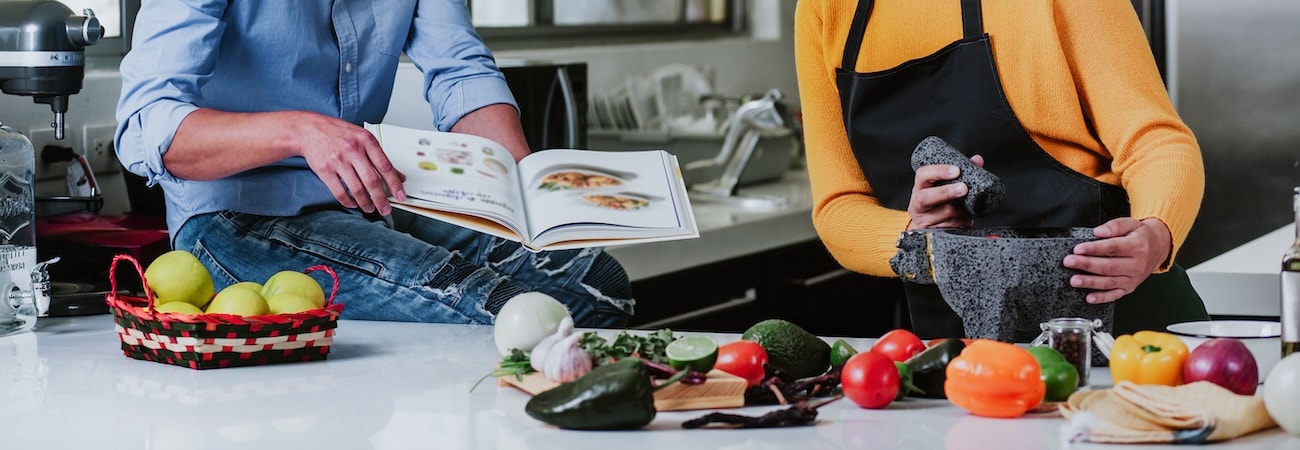
Recipe of the month
Ann’s Parsnip Dip Recipe
You will need:
- 500g peeled and chopped parsnips
- 1 crushed garlic clove
- 200ml milk
- 50g toasted flaked almonds
- 30g fresh white breadcrumbs
- Juice of half a lemon
- 40ml olive oil
- 1 teaspoon grated nutmeg
- Seasoning
Method:
- Put the parsnips and milk in a pan and slowly bring to the boil.
- Simmer for 15 minutes or until the parsnips are soft. Strain through a sieve, reserving the milk.
- Blend the parsnips in a food processor, with a splash of the milk, until smooth.
- Stir in the almonds, breadcrumbs, garlic and nutmeg.
- Add the olive oil and blend.
- Finally, stir in the lemon juice and season to taste.
- Serve with toasted pitta bread.
Fancy growing something new?
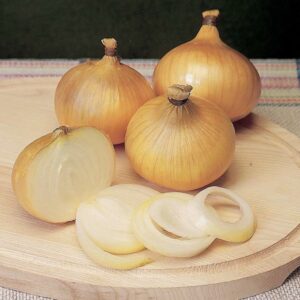
We all have our favourites – tried and trusted varieties of fruit and veg that we grow each and every year. But it’s also fun to try something new. Here’s my suggestion:
If you like to grow your onions from sets, ‘Centurian’ is a new organic, spring-planting variety that crops heavily and matures early. The perfect globe-shaped bulbs are good enough for the show bench, and the flavour is equally impressive.
You may also be interested in
- Flower seeds to sow in March
- Vegetable seeds to sow in March
- Ann’s allotment and gardening guide – February
- Ann’s allotment and gardening guide – April
Lead image: Broccoli Seeds – Purple Sprouting Mix from Dobies
